
As a professional taster, to prevent the loss of smell and taste that are key symptoms of Covid-19, has kept me hunkered down and masked. Two years plus now, I've been vaccinated, 2x boosted, still masking and avoiding crowds. I've been fortunate to avoid the dread virus. Before chocolate or ministry, I had a life as a health care provider. My background in speech-language pathology gave me the skills to investigate smell and taste . Add to that my work as a taster, and I thought I might make some contribution to the emerging crisis. So I've been working on another book, this one on the rehabilitation of smell and taste. Look for that to publish sometime in late 2022. As Covid has produced more variants and Long-Covid has emerged as a tragic sequelae, the need for compassion and treatment for those experiencing smell and taste loss remains a compelling.
Other work. I've continued to take assignments for Cheese Connoisseur. I think you'll enjoy those articles. In addition to writing, I've provided some of the photographs. Necessity has turned me into a bit of a photographer. You can subscribe to Cheese Connoisseur for the lovely, full text and photo treatment, or find a modest digital version by searching R. M. Peluso, Cheese Connoisseur. Most of my articles include tasting notes and pairing suggestions.
On a deeply personal note, my beloved little dog passed away a week ago. She was our constant companion throughout the pandemic, as well as 15 of her 20 years. She indeed lived to a ripe old age and made her transition at home with her loved ones attending her. We are still in mourning. Here's a photo of our angel.
(C) copyright 2022, words & photos by R. M. Peluso
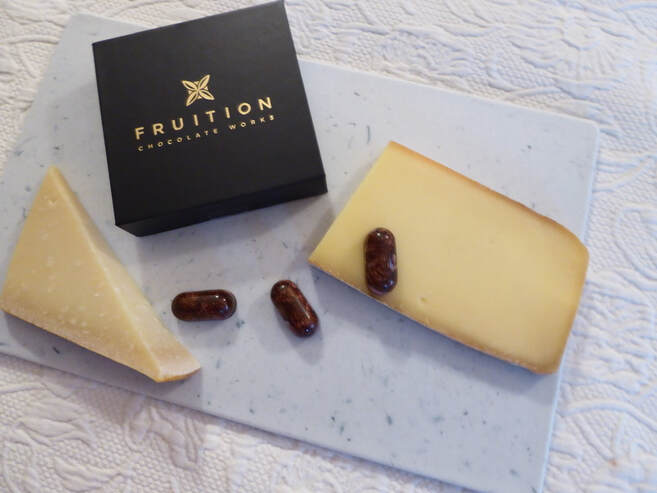
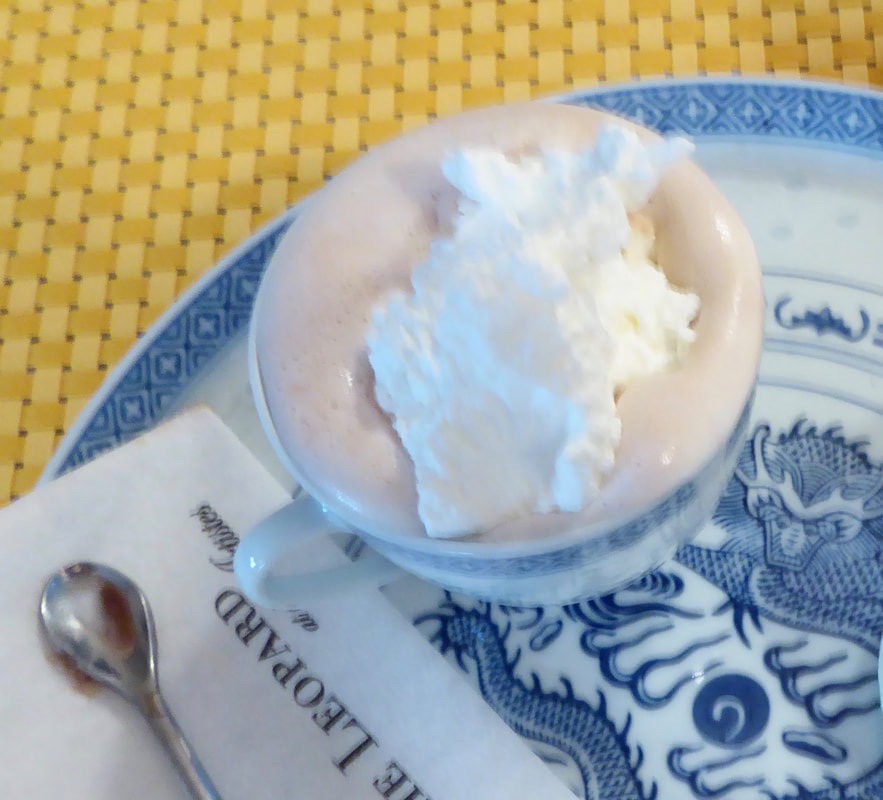

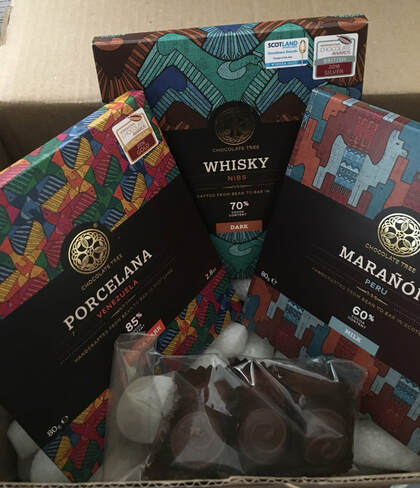
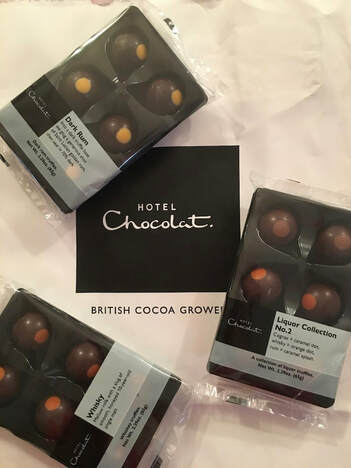
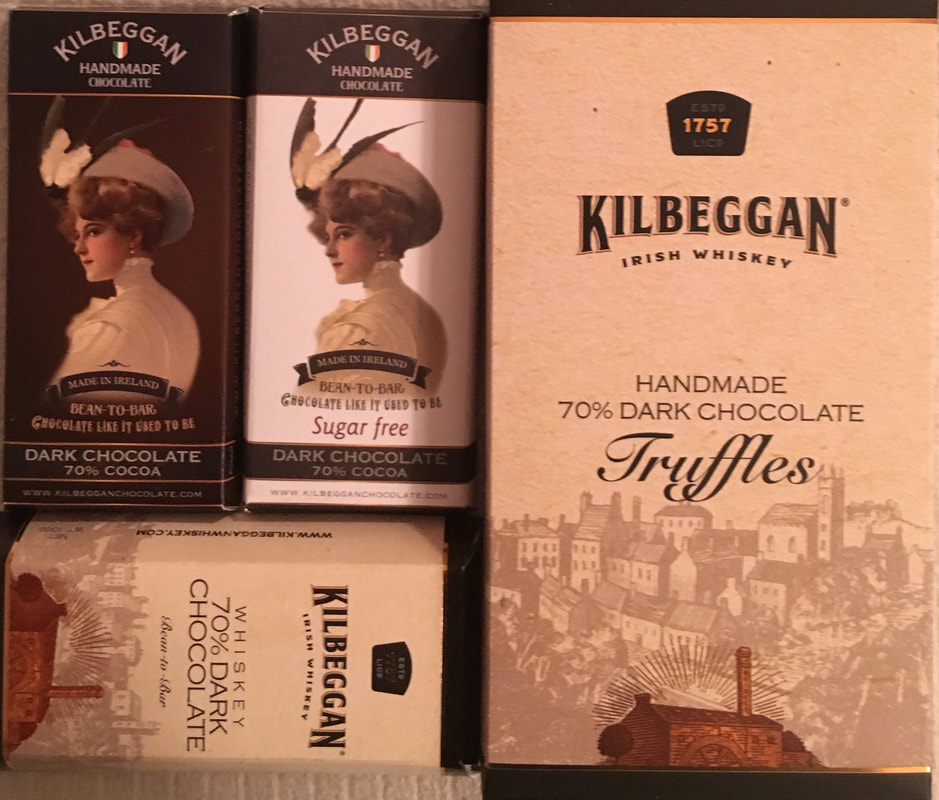

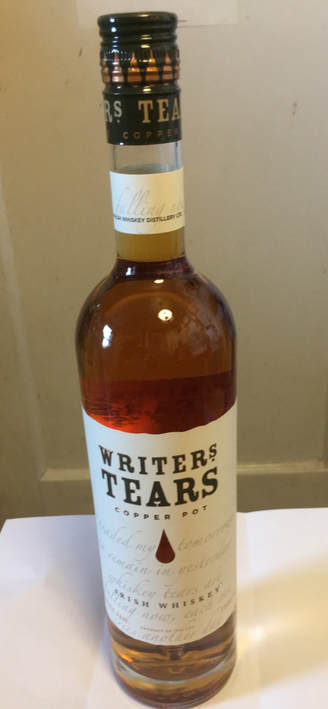
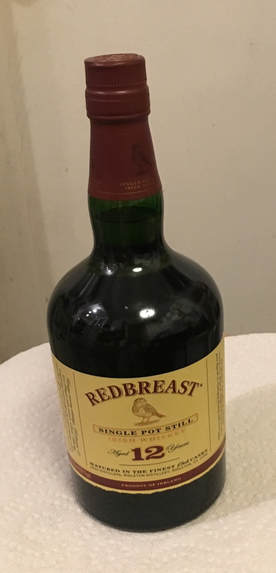
 RSS Feed
RSS Feed